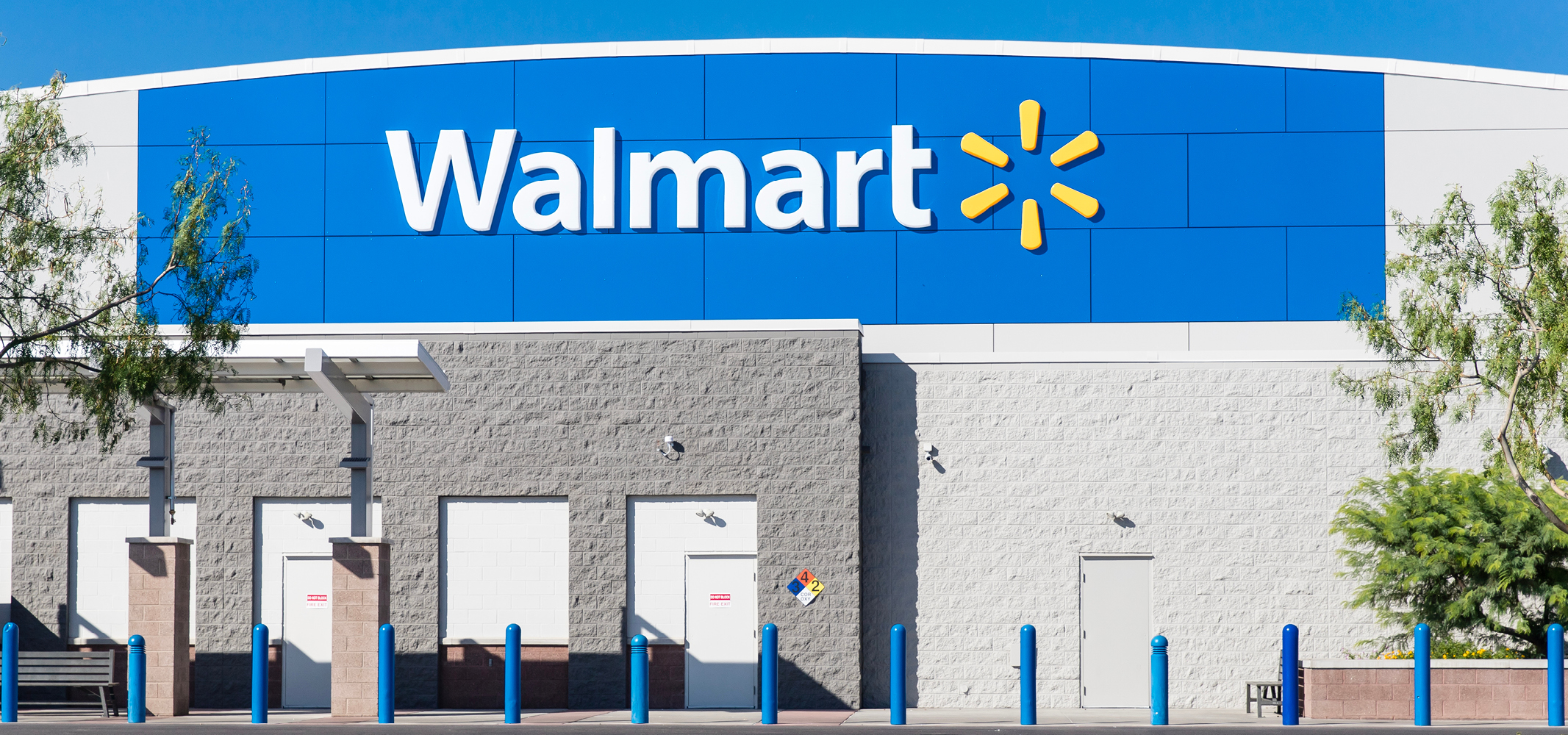The growing popularity of Bitcoin or Ethereum has led many to believe that block chains and distributed ledgers are the same thing. More and more often the terms are mixed up or misused. However, there are some differences between the terms. We will now explain these differences in more detail.
What is Distributed Ledger Technology (DLT)?
Distributed Ledger Technology is often referred to as DLT in financial and government circles. It is a type of database that is distributed across several locations, regions, or participants. A DLT must be decentralized, otherwise it would resemble a centralized database, as most companies use today. This means that all participants in the distributed general ledger can display all relevant data records. The technology provides a verifiable history of all information stored in that particular record.
So DLT is a digital system for recording transactions of assets. Unlike traditional databases, distributed ledgers have no centralized data storage or management functionality.
Each node in DLT processes or verifies a transaction or information, thereby creating a record of the item and creating a consensus about its veracity. You can use distributed ledger technology to record static data, such as a registration, or dynamic data, such as transactions.
What is the difference between block chain and DLT?
At first glance, the distributed ledger and the block chain appear to be the same. However, the block chain is only one type of Distributed Ledger. Most users know the block chain as the technology behind Bitcoin, Ethereum and other crypto currencies. The name block chain also refers to the fact that transactions or other data is grouped in blocks and appended to a chain of already verified blocks. A block chain can therefore be called a distributed ledger, but not every distributed general ledger is a block chain. If the consensus in a distributed network is not achieved by proof of work or proof of stack, it is most likely a distributed ledger. If the distributed data structure is in the form of a chain, in which unrelated transactions are grouped together in blocks that are linked with hasses, it is a blockchain.
Why are distributed ledgers so important?
They have the potential to speed up transactions by eliminating the need for a central authority or middleman. Experts also believe that the DLT is much safer because each node of the network contains records, creating a system that is more difficult to manipulate or attack. A DLT can be seen as a more transparent way to deal with records, as the information is shared and thus observed on a network, making a potential cyber attack much less likely.










Leave A Comment
You must be logged in to post a comment.